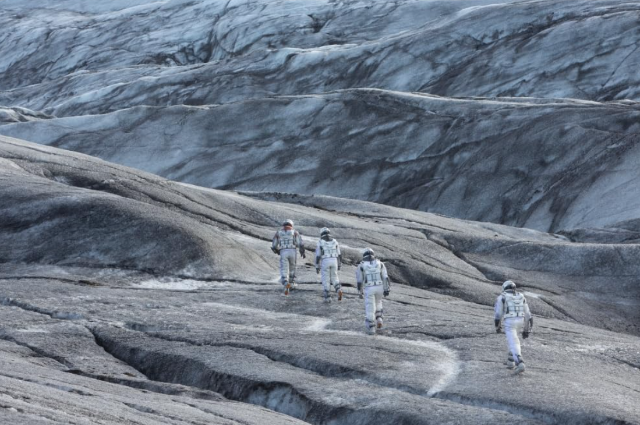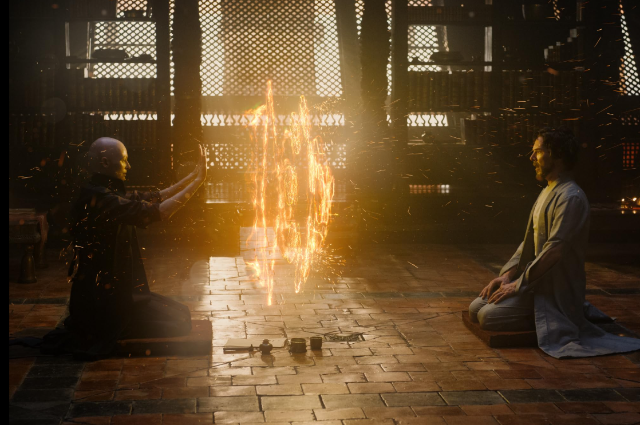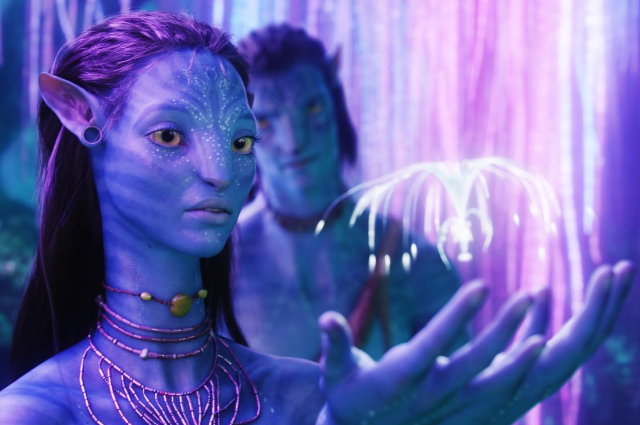
When we hear the term "sci-fi movies," we typically envision space travel, aliens, futuristic technology, and mind-bending dimensions. But what if I were to tell you that most of the world's popular sci-fi movies stem from very old concepts, some of which are direct from Indian mythology? Indeed, that is correct. Movies like Interstellar, Doctor Strange, and Avatar may look like high-tech Hollywood creations on the surface, but they quietly borrow themes that have been a part of Indian storytelling for thousands of years. In this article, we’ll look at how these films reflect Indian mythological ideas such as karma, the illusion of reality (maya), spiritual energy, cosmic cycles, and even the deep connection between nature and the soul. Let's reinterpret these world blockbusters in an Indian mythic perspective.
1. Interstellar: The Illusion of Time and the Notion of Maya
Christopher Nolan's Interstellar is usually referred to as a science-laden film. It dwells on black holes, time dilation, and gravity, but fundamentally, it has a very spiritual tale. It's all about love, sacrifice, and moving beyond the physical realm.
The Illusion Called Maya: In Hindu philosophy, maya is the illusion of the world. It explains that what we perceive around us isn't the absolute reality, but it's only a temporary illusion. In Interstellar, the protagonist Cooper enters a five-dimensional space where time becomes non-linear. He can see time as a physical dimension, travel in it, and even affect events in the past. This concept, this perception beyond time and space, is intimate for the yogic understanding of reality. In Indian scriptures such as the Bhagavad Gita, the wise are the individuals who "see beyond time" and comprehend that the soul is eternal, even if the body is not.
Love and Karma: The movie also proposes that love is something with the power to overcome time and space, a very Indian concept. Love and devotion (bhakti) in many Indian tales have the strength to overcome even death and fate. Cooper's love for his daughter enables him to be a bridge between two time periods, reiterating the mythic premise that the universe will move with true emotion and intention.
2. Doctor Strange: Chakras, Astral Projection, and Inner Power
Marvel's Doctor Strange is the tale of a man who becomes an incredibly powerful sorcerer by unraveling ancient mysteries of the cosmos. The film is full of allusions that reflect Indian yogic and tantric schools of thought.
Chakras and Inner Power
In one scene, the Ancient One demonstrates to Dr. Strange how energy moves through the body by using chakra and meridian point diagrams. Straight from Indian yoga philosophy. Indian texts state that the human body contains energy centers known as chakras, and opening them up through meditation can grant an individual tremendous abilities, such as heightened consciousness, healing, and even astral travel (exiting the body).
Astral Projection
Dr. Strange's power of projecting his consciousness beyond his material form is referred to as sookshma sharira yatra or astral projection in Indian spirituality. Many yogis and sages of ancient times were said to have perfected this power. They were able to go to foreign lands or other dimensions without shifting their bodily positions. Even the "mirror dimension" in the film resembles the idea of Maya, a simulated reality that appears real but isn't. The training Strange receives is not so much about magical external forces as it is about finding his inner self, which once again is in line with the Indian philosophy that true power comes from within.
3. Avatar: Nature Worship, Rebirth, and the Cosmic Connection
James Cameron's Avatar is an eyes-gasm, but its themes are more than mere aliens and action. It's a highly spiritual movie that is influenced by many Indian concepts, particularly from the notion of Sanatana Dharma—the eternal path of living in harmony with the cosmos.
Connection to Nature
The Na'vi people exist in complete harmony with nature. They worship a mother goddess by the name of Eywa, who binds all living things together in a great web of life. This is much the same as the Hindu belief in Prakriti (nature) and Brahman (the divine that is present in all things). In Indian culture, animals, trees, rivers, and mountains are all holy in that they are aspects of divine energy. Similarly, as the Na'vi connect with animals through their hair, Indian mythology abounds with tales of gods and sages speaking to animals and coexisting with forests.
Rebirth and the Soul
Jake Sully, the hero, gets a second life in a new body, but his soul remains the same. This reflects the Hindu concept of punarjanma or rebirth, where the soul (atman) takes on new forms until it reaches liberation. The message is clear: it’s the soul that defines us, not the body.
4. Why These Connections Matter?
You may ask: Is it merely a coincidence, or are directors taking ideas from Indian mythology? Well, several of them have publicly admitted to having been influenced by Eastern philosophy. Christopher Nolan has discussed time and consciousness in language that is very reminiscent of Indian philosophy. The creators of Marvel have cited Tibetan and Indian cultures as influences on the persona of Doctor Strange. And James Cameron invested years researching indigenous cultures and spiritual concepts before he created Avatar. But beyond purpose, such connections reveal something more profound: That Indian mythology, rich with symbolism and eternal wisdom, is universal. Its concepts speak to people of all cultures, even though they might not know it.
5. What We Can Learn?
These science fiction movies are more than just entertainment. They're contemporary myths—narratives that encourage us to ask big questions:
- What is reality?
- Is there something more beyond what we experience?
- Can love or consciousness cross through time?
- How are we linked with nature, and with each other?
Indian mythology has been examining these questions for millennia. And now, those concepts are taking on new life in science fiction. The more we pay attention to them, the more we realize how old wisdom is informing our future tales. So next time you are watching Interstellar, Doctor Strange, or Avatar, take a closer look. Beyond the spaceships and superhero powers, you may discover traces of Krishna's wisdom, yogic quests, or the sound of the Upanishads. These films aren't fiction, they're a gorgeous blend of science, imagination, and eternal Indian philosophy. And that's cosmic.


